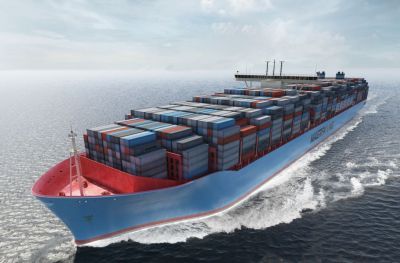
Two reports were published this week that put the boot into container shipping line practices.The first to come out was on slow steaming and its effects on Asia pacific
supply chains. US-based logistics operator BDP International conducted a global survey of importers and exporters and their responses highlighted the deeply unpopular practice of slowing ships.
According to the survey, slow steaming impacts 92 percent of Asia Pacific businesses involved in international trade. The impact manifests itself in the area of customer service where 58 percent of companies said they were unable to deliver goods on time or experienced difficulties meeting their commitments to customers.
Another big area of displeasure was in inventory levels, where companies either could not get parts in time or were forced to hold more inventory than before slow steaming was introduced.
But the majority of respondents felt the carriers should share the financial benefits of slowing down vessels with their customers, who are being forced to adjust their supply chains and shoulder the associated cost and falling service burdens. They want rates to be lowered and the savings by slow steaming to offset any future increases.
This is a fully understandable position by shippers, but it is hard to see where rates could be reduced. Asia-Europe freight rates are way down, as are those on the transpacific, all a result of slowing demand and too much capacity.
So shippers may be forced to employ additional planning and carry a bit more inventory, but if rates fell much more, the lines would be paying shippers to carry their cargo.
The second interesting take on the container shipping business was contained in the ComPair Data, Rate-Capacity Nexus Report.
Following the first quarter demand slide, lines responded by poorly managing capacity on key trade lanes to and from North America in the second quarter, according to the report.
This saw contract rates declining sharply and liner profitability following suit.
No one seems to understand the business plan of the container lines, which appears to be a “maintain market share at all costs” approach.
With all the surplus capacity floating around or on the way, those costs continue to mount. Shipping line accountants may as well put all their black ink back in storage and bump up inventory levels of the red stuff because it will come in handy for the next set of financial results.
Source: Maritime Professional
We use cookies to improve your experience. By continuing to use our site, you accept our Cookies, Privacy Policy,Terms and Conditions. Close X